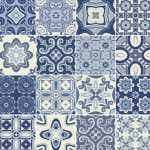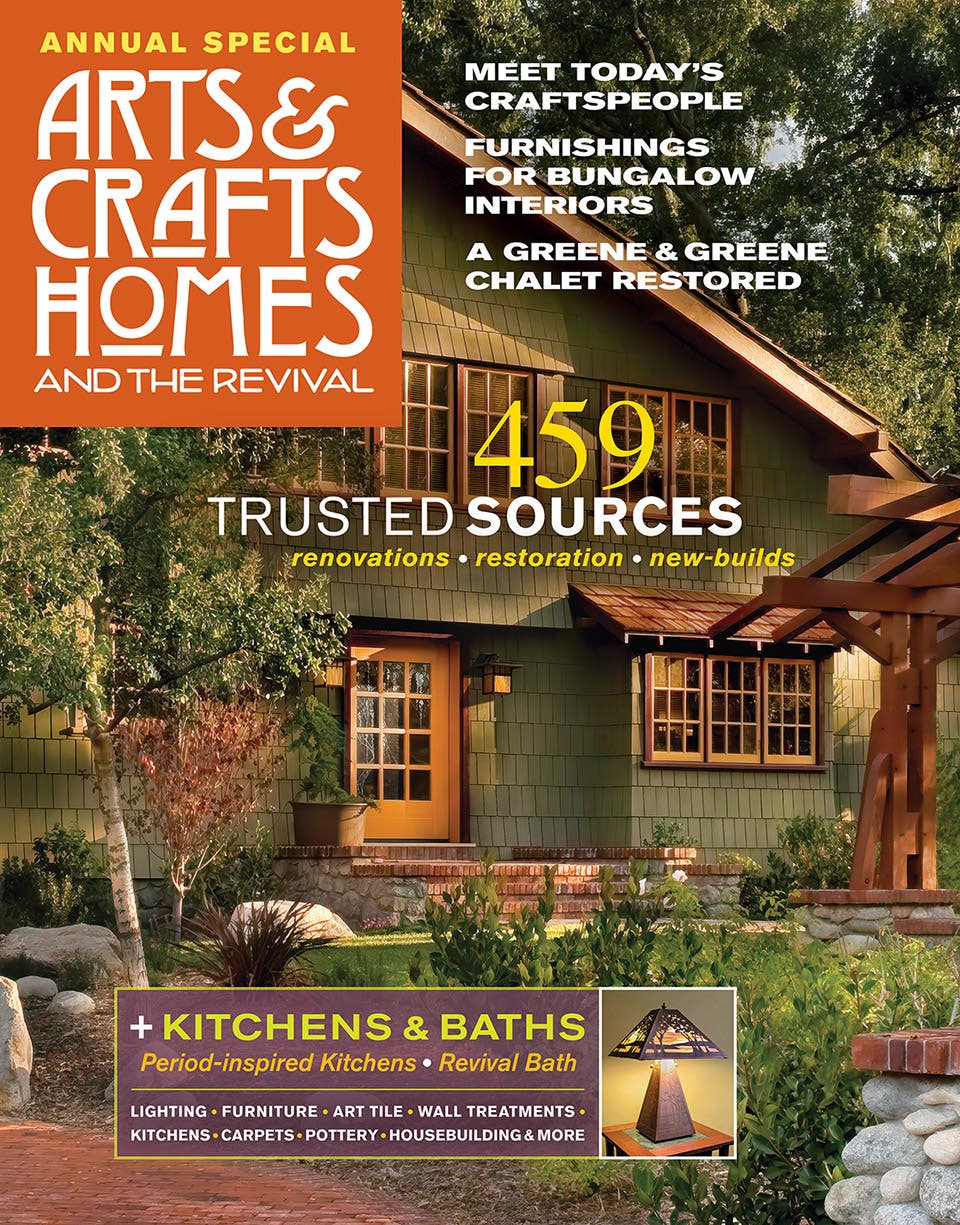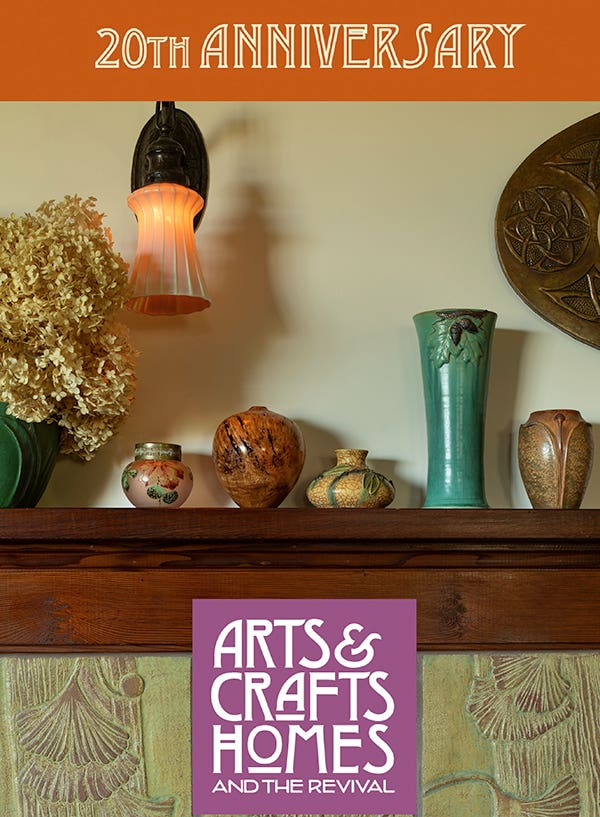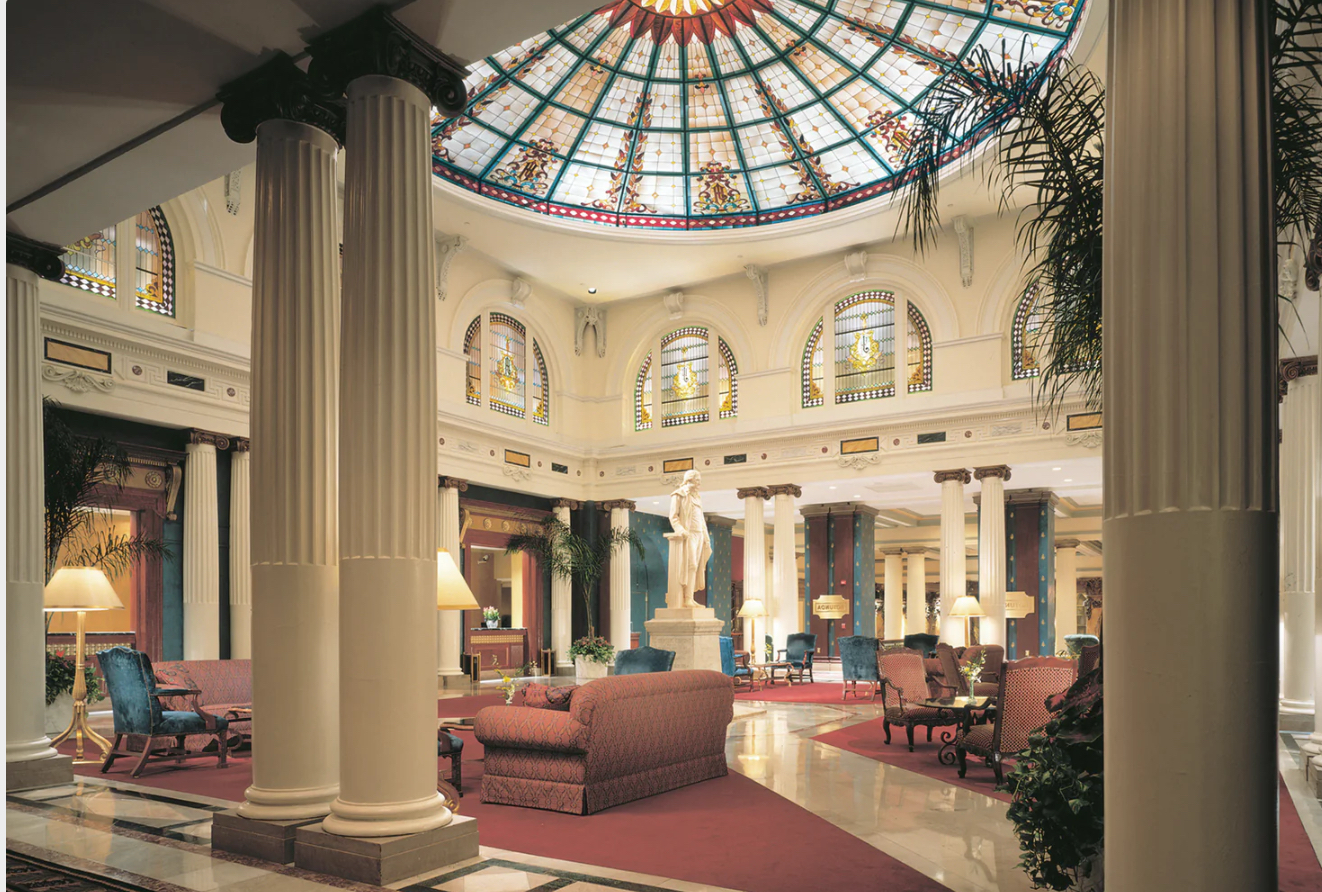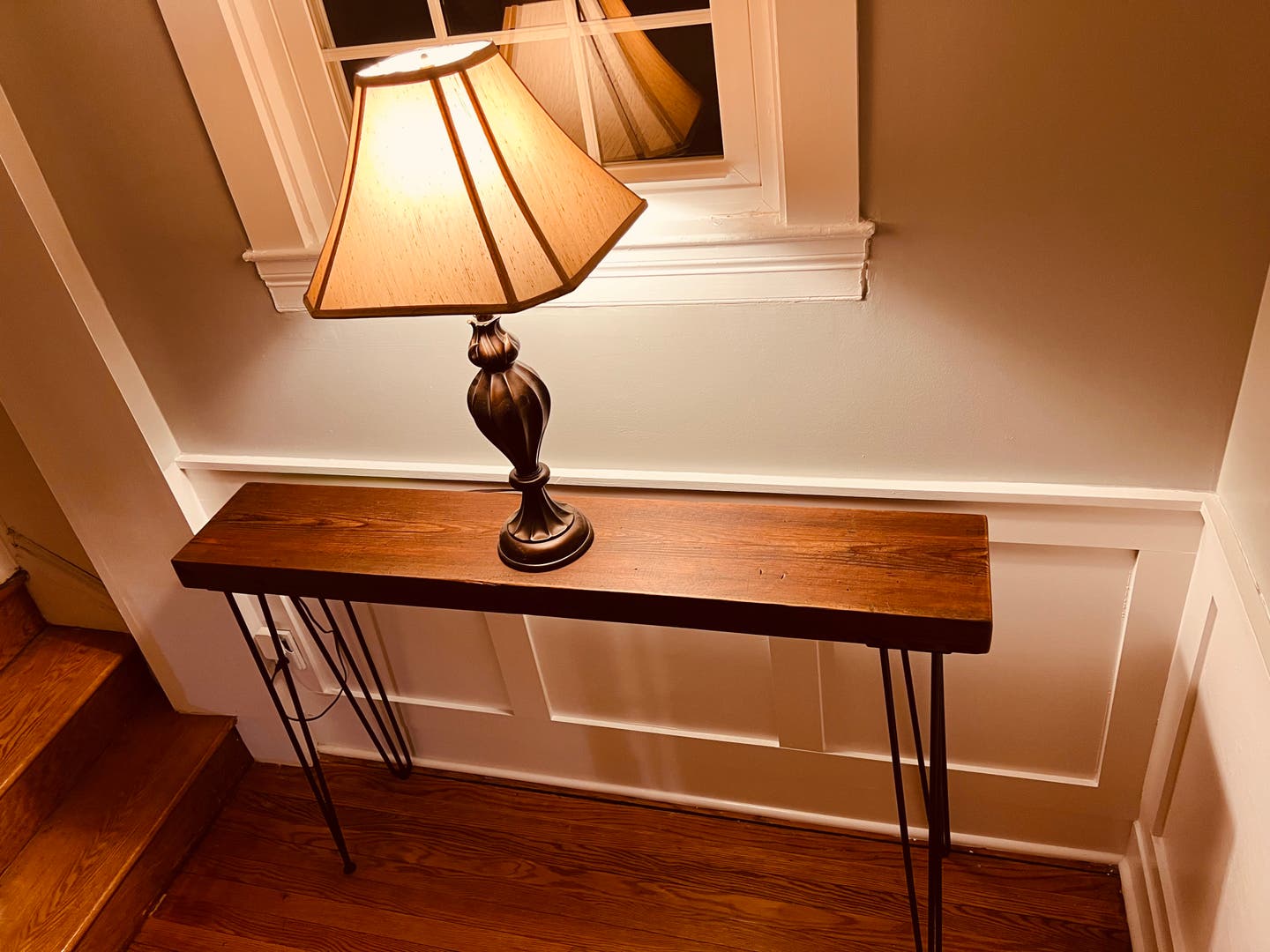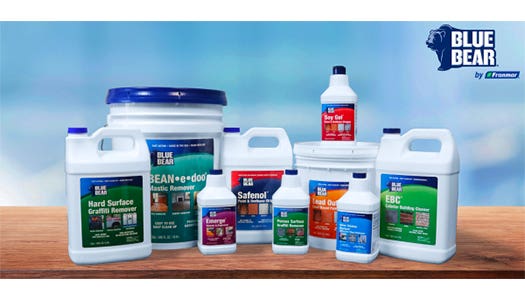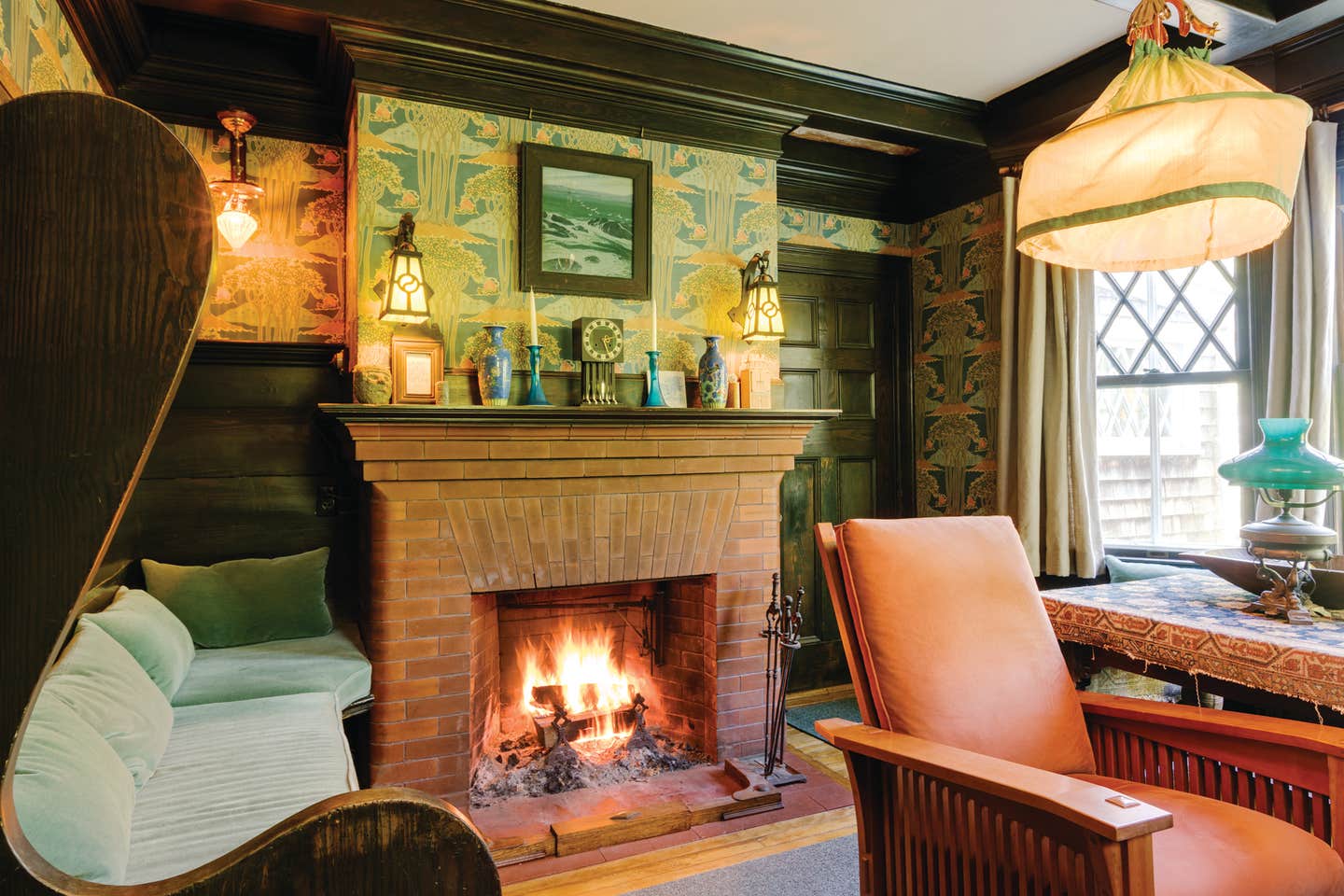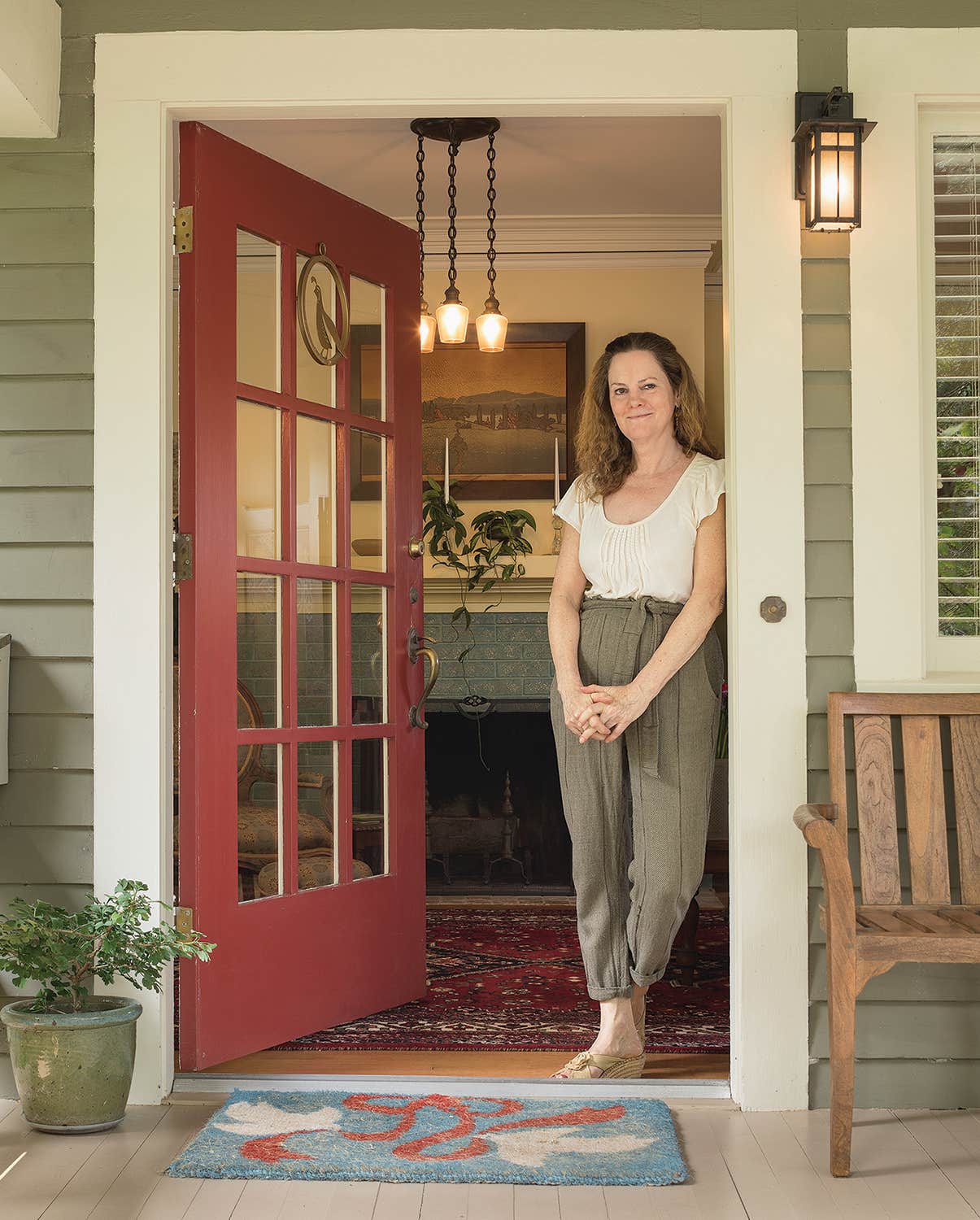A Guide to Art Tile
You’ve got to know the lingo when you’re choosing from the immense variety of art tiles. It’s a world that approaches couture in its dazzle and diversity. Here’s a tile glossary.
As a decorative material with infinite potential for color, texture, and design, tile is easy to love. Tile not only tells us the story of human civilization, but it also informs us about nature, technology, and art. With all that history behind it, no wonder that terms for tile are legion. What’s the difference between a deco and a V-cap? How does geometric tile differ from encaustic? We admit to being stumped occasionally ourselves, so we decided to research terms we’ve wondered about in the world of period design in tile.
Most decorative tile has its origins in handmade, or art, tile. While art tile is usually made by hand from start to finish, some makers start with manufactured blanks, then apply designs and glazes by hand.
FIELD Usually a flat tile that can be finished with any color, glaze, or an effect, like a crackle finish. Field art tiles are often cut by hand.
DECO The tilemaker’s term for decorated tile that features distinct patterning, design, or relief.
RELIEF tiles are molded to produce a raised pattern or design. The actual degree of relief can vary from low to high to almost three dimensional (bas relief).
ENCAUSTIC Tiles with an inlaid pattern produced from different colored clays. The colors are layered into depressions in a mold, so that they are exceptionally deep and long-wearing.
GEOMETRIC Made using the same method as encaustic tiles, but without the elaborate patterns featuring curving shapes. Geometric tiles are typically composed of square or triangular blocks of color.
HISPANO–MORESQUE Sometimes called California Art Tile, this style blends historical Spanish and Islamic design influences from the 9th century on, including intricate, brilliantly colored Persian and Isnik designs. Islamic designs were popularly re-interpreted by dozens of Southern California tile makers in the 1920s and ’30s, most famously Malibu Potteries.
METALLIC tiles can either be a tile cast or pressed from bronze, tin, aluminum, copper, or other metals, or a ceramic tile with a metallic glaze.
MOSAIC Small pieces of ceramic tile, glass, or stone (tesserae) used to create a larger pattern or design (i.e., a mosaic).
PANEL
A linear tile composition used to create a vertical or horizontal mural. Panel tiles were a popular late-19th-century fireplace surround.
SCENIC
A tile that displays a vignette, such as a landscape or figure (e.g., a knight on horseback); it can be part of a mural or panel. Scenic tiles were especially popular in the Teens and 1920s.
MURAL Unlike scenic tiles, which are little murals in and of themselves, murals are compositions where each tile is one piece of the overall picture.
Mary Ellen Polson is a creative content editor and technical writer with over 20 years experience producing heavily illustrated know how and service journalism articles, full-length books, product copy, tips, Q&As, etc., on home renovation, design, and outdoor spaces.
